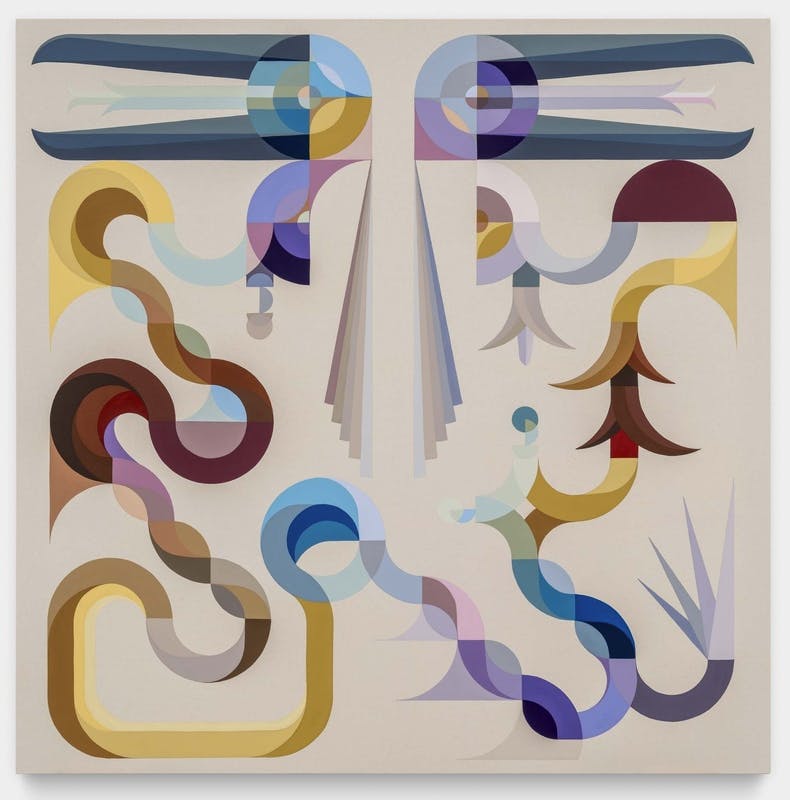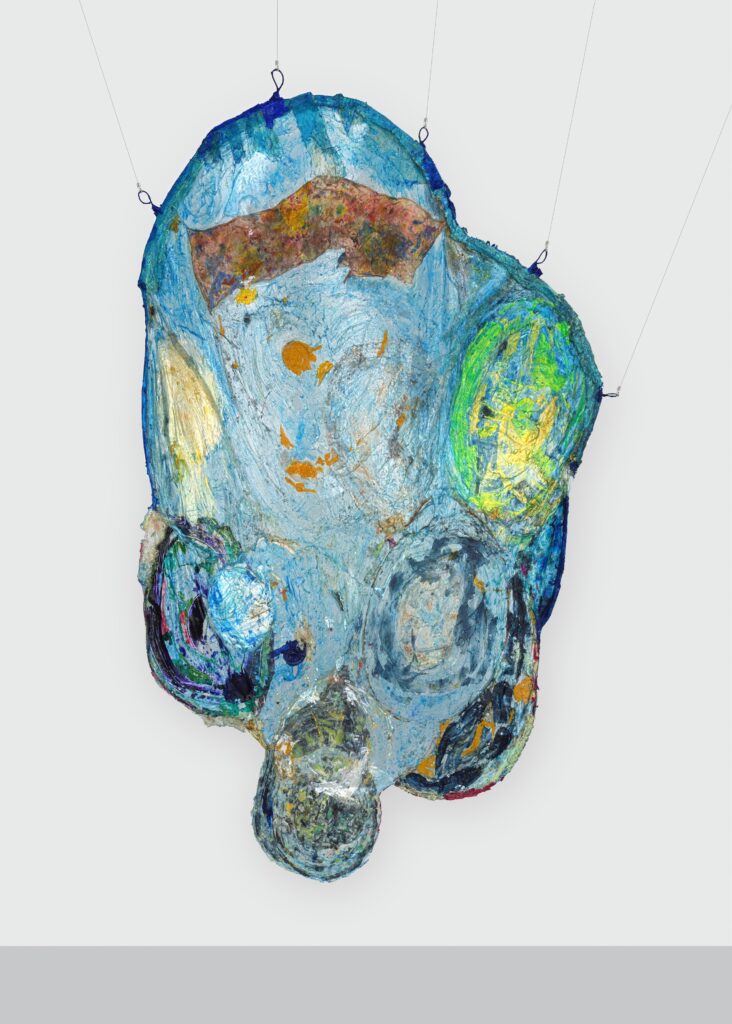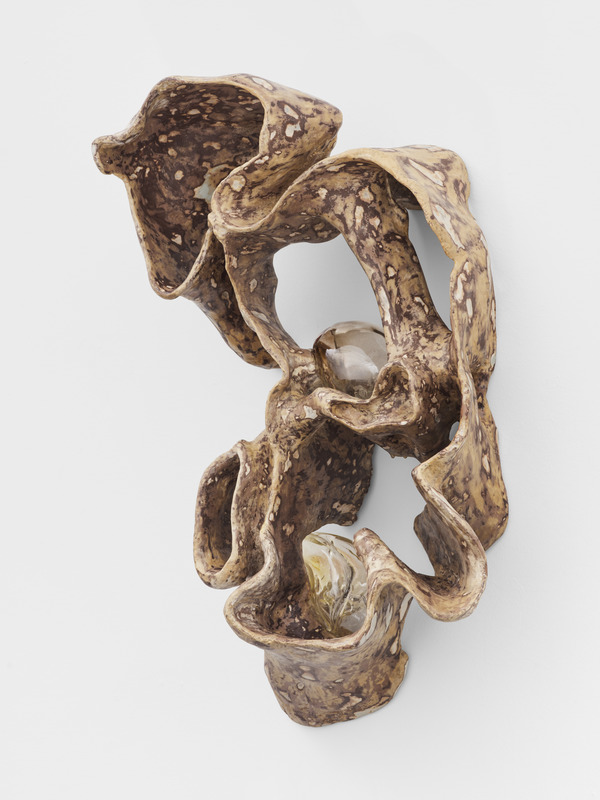The Whitney Biennial Is Surer of Its Politics Than Its Art
The survey of American art feels au courant, and not always in the best way.

‘Whitney Biennial: Even Better Than the Real Thing’
The Whitney Museum of Art, 99 Gansevoort Street, Manhattan
March 20-August 11
The 81st edition of the Whitney Biennial is titled “Even Better Than the Real Thing.” While it occasionally pleasingly provokes, it too often leaves viewers wondering where the real art is hiding. The show, curated by Chrissie Iles and Meg Onli, displays a relentless political focus that appears to confuse the contemporary with the momentary and both with the kind of faddishness more suitable to a news feed than an artistic redoubt.
Stretched out at the Whitney’s gleaming digs on Manhattan’s far West Side, the Biennial assembles work from 71 artists and “collectives.” There is enough range for a visitor to find pockets of pleasure. The curators, though, want to keep the focus on how “rhetoric around gender and authenticity is being used politically and legally to perpetuate transphobia” and “today’s most pressing issues” involving “people of marginalized race, gender, and ability.”
The best works here, though, resist participation in that political program — the worst ones embrace it with gusto. Take, say, the eerie hanging skeins of Suzanne Jackson, an artist based at Savannah. Works like “Palimpsest Grit” and “Rag-to-Wobble” are woven from acrylic, twine, mesh, and even pistachio shells. They quiver like chilly membranes, and stretch like amoebas doing yoga. They are paintings without bones.
Lotus Kang’s “In Cascades,” which features steel joists sheathed with lengths of unfixed photographic films, delivers a similarly epidermic effect, its chemical rawness meaning that its bruises and burnish will continue to bloom over the show’s duration, through early August. Karynb Olivier’s “How Many Ways Can You Disappear” and “Stop Gap,” collated from driftwood, buoys, and potwarp, are pungent summonings of maritime loneliness.
A video and sculpture installation, “Once Again … (Statues Never Die),” by Isaac Julien, reimagines a dialogue between the Harlem Renaissance philosopher Alain Locke — the first Black Rhodes Scholar — and the philanthropist Albert Barnes. It is immersive, transporting, and serious, a wormhole to a time when cultural conversations were taut with muscled thinking. The likes of Locke are now in short supply on this island, these days.
Instead, we are privy to concoctions like “we must stop imagining apocalypse / genocide + we must imagine liberation, by Demian DinéYazhi’. Slogans — faculty lounge glibness married to Instagram indignation — flash in neon and steel. A pattern of blinking lights spells out “Free Palestine.” The museum’s press team calls this a “subtle detail.” The artist insists that it is a “response to being situated within settler colonial institutions.”

Also animated by antagonism is Kiyan Williams’s “Ruins of Empire II or The Earth Swallows the Master’s House,” where on a portico sits a charred resemblance to the northern facade of the White House adorned with an upside down American flag. It is opposed by “Statute of Freedom (Marsha P. Johnson),” which renders a transgender activist in aluminum. Nobody expects patriotism in an art museum these days, but dissent can also be kitsch.
Weirder and meatier is Jes Fan’s “Cross Section” series. The artist takes CT scans of his own body and uses a three dimensional printer to generate cross-sectioned sculptures, turning bone and ligament inside out to create forms at once autobiographical and alien, abstract and as concrete as our innermost wiring. Gnarled and liquidy, the pieces look like they could have been crafted by aliens of the future or primitive primates of the past.

Adding a dose of needed whimsy are Takako Yamaguchi’s oil paintings of curlicued abstraction, more full-bodied and flirtatious than the austere action paintings of the New York School. Less compelling is “xhairymutantx Embedding Study,” by Holly Herndon and mat Dryhurst. We are told that the image was alchemized from an arduous process utilizing artificial intelligence, but it looks like a still from a competently crafted video game.
More intriguing is “Tempo Rubato (Stolen Time),” by Nikkita Gale. A piano sits alone, and appears to play itself. The keys jerk, and light dims and brightens with the beat. It is not music, exactly, more like ambient noise distilled and the creaking and groaning of a haunting. A rhyming sense of abandonment takes root at “Adonis River,” by Dalia Nasser, which recreates the famed shrine to the lover of the goddesses Aphrodite and Persephone.
Also engaging with the old deities is Eamon Ore-Giron’s “Talking S—” series. Conjured from mineral and vinyl paint on canvas, Ore-Giron in a bright and bold style summons the heavenly ancien régime of the Americas — the gods before Cortés came, to take just a few — and turns them into modern, almost digital, icons. One only wishes that the Biennial was willing to slaughter a few more taboos on art’s altar.

